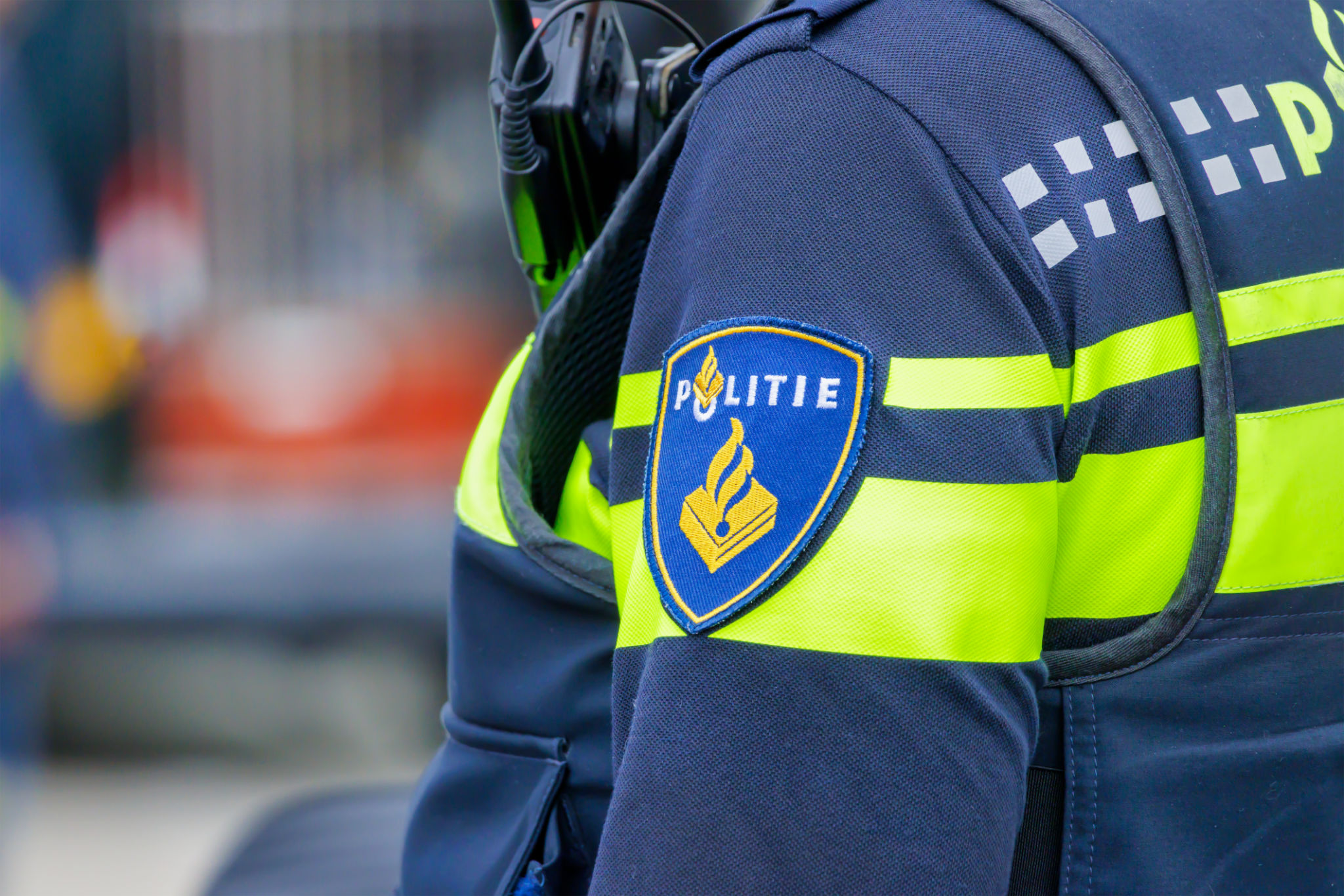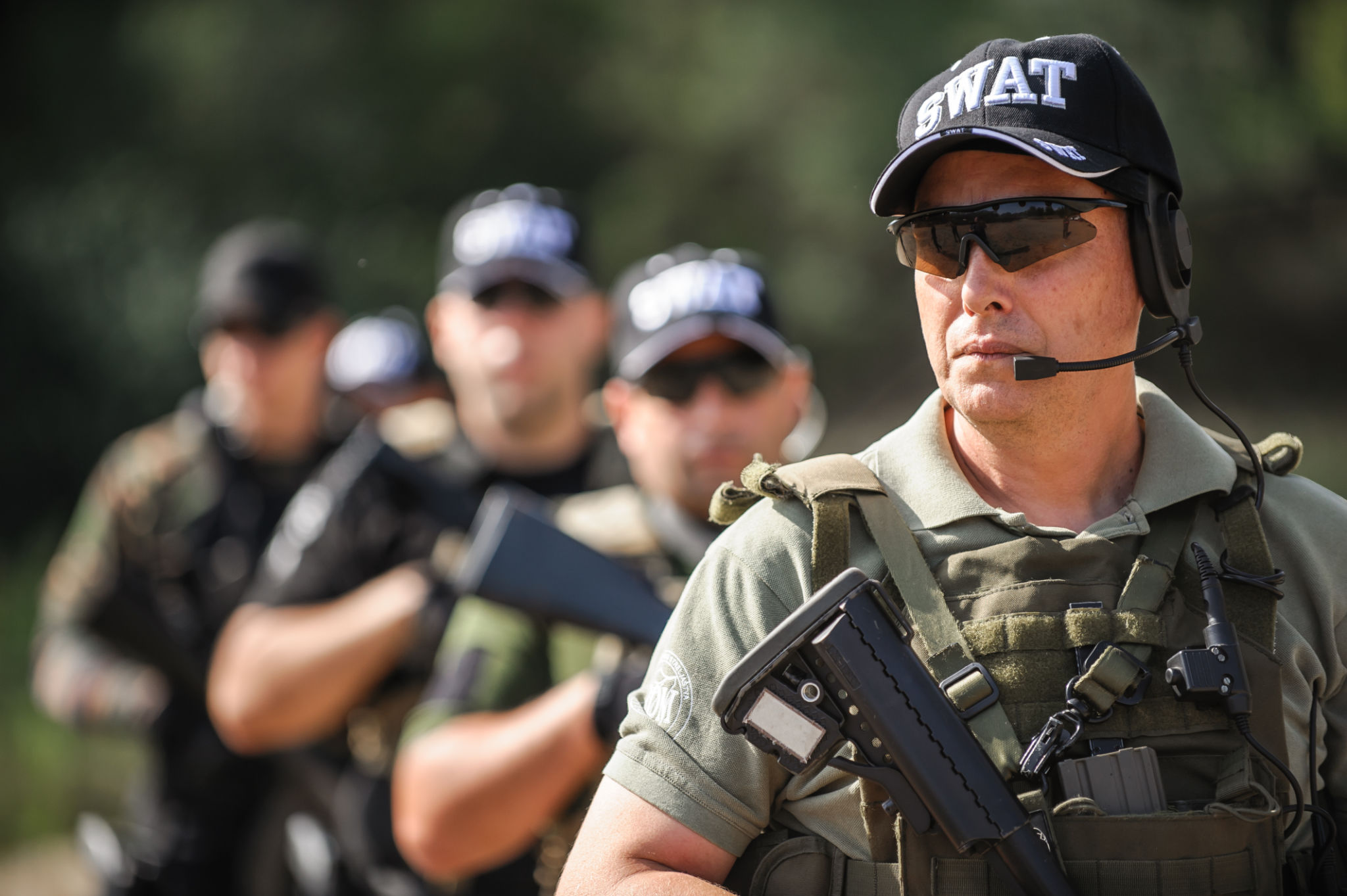Myths and Facts About Law Enforcement in Cook County
Understanding Common Misconceptions
Law enforcement in Cook County, like in many other regions, is often surrounded by a series of myths that can cloud public perception. Understanding the reality behind these myths is crucial for fostering trust and cooperation between the community and law enforcement agencies. In this blog post, we'll explore some common misconceptions and provide factual insights to help clarify these issues.

Myth: All Law Enforcement Officers Are the Same
A common myth is that all law enforcement officers operate in the same way and have similar roles. In reality, law enforcement in Cook County is comprised of various departments, each with specific responsibilities. The Cook County Sheriff's Office, for example, handles tasks such as serving warrants and managing the county jail, while local police departments focus on community policing and crime prevention within their jurisdictions.
Fact: Training Varies Across Agencies
The misconception that all officers receive identical training is also widespread. Different agencies within Cook County provide specialized training tailored to their unique roles. While there are standard requirements for becoming a police officer, additional training programs are often specific to each department's needs. This diversity in training helps ensure that officers are well-prepared to tackle a wide range of situations.

Community Interaction and Engagement
Myth: Law Enforcement Is Not Engaged with the Community
Another myth is that law enforcement agencies are disconnected from the communities they serve. This couldn't be further from the truth. Many departments in Cook County actively engage with residents through community programs, workshops, and outreach initiatives. These efforts aim to build strong relationships and foster a sense of mutual respect and understanding between officers and community members.
Fact: Initiatives to Build Trust
Law enforcement agencies in Cook County have implemented numerous initiatives designed to enhance community relations. Programs such as neighborhood watch meetings, youth mentorship projects, and public safety forums are just a few examples of how law enforcement is working to bridge gaps within the community. These initiatives not only aim to reduce crime but also to create a collaborative environment where residents and officers work together to ensure public safety.

The Impact of Media Representation
Myth: Media Accurately Represents Law Enforcement
The portrayal of law enforcement in media often leads to misconceptions about the profession. Films and television shows sometimes dramatize police work, creating unrealistic expectations among the public. It's important to recognize that these portrayals do not always reflect the day-to-day realities faced by officers in Cook County.
Fact: Real-Life Challenges
In contrast to media portrayals, law enforcement officers deal with complex challenges that require quick decision-making and adherence to strict protocols. Officers undergo rigorous training to handle situations that range from routine traffic stops to high-stakes emergencies. Recognizing these realities can lead to a more informed understanding of the profession's demands and responsibilities.
